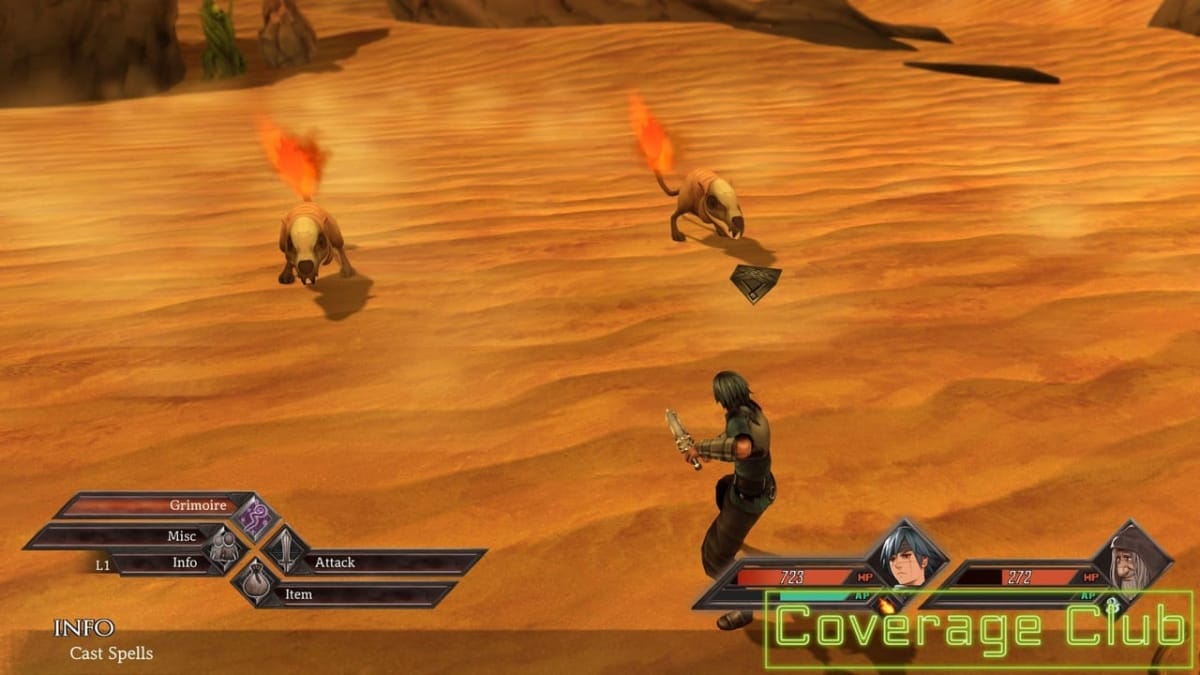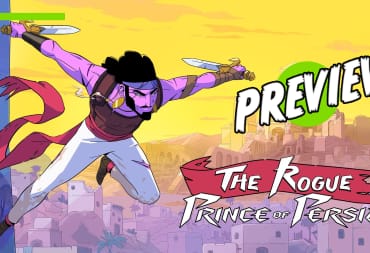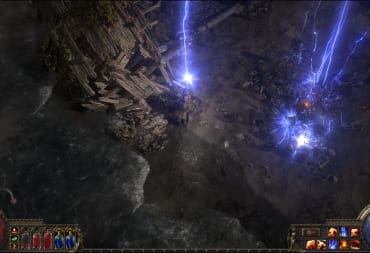Even in the busiest of seasons, smaller games deserve some attention. In that spirit, welcome to Month of Coverage Club. Come back each day in November for a full-length impressions piece based on a hidden gem you've probably never heard of.
Described by the developers as “a nostalgic love letter to classic JRPGs”, Legrand Legacy isn’t exactly shy about its influences. Turn-based combat, overworlds, characters with cool hair, it’s all here. This is a back-to-basics JRPG just like the ones you remember from 20 years ago. There’s nothing revelatory here and you’ve almost certainly seen it all before, but if traditional Japanese role-playing games are your jam then you’ll definitely be into what Legrand Legacy has to offer.
You begin the game as a slave forced to fight in an arena. Things aren’t going well for meek, blue-haired protagonist Finn until he summons a strange power that allows him to quickly snatch victory. After an abrupt and confusing win, he’s picked up by a kind but mysterious old man, a Norn. Now that you've met an ancient sage race that can read minds, your adventure can begin. Right from the start, the world has a strong sense of identity, maintained by great environmental art with a distinct watercolor-like style. Although grounded in heavy themes like war and slavery, there’s a nice sense of humor to some of the side characters and dialog that keep things from getting too dark.
For the most part, Legrand Legacy engages in traditional JRPG storytelling. Dialog-heavy cutscenes will regularly crop up to deliver exposition, with the talking heads showing who’s talking. As with many classic games of the genre, there’s no voice acting. The game bolsters this with a well-rounded and tight presentation, including a great soundtrack, solid writing, and neatly stylized characters that sport a cel-shaded aesthetic during dialog.
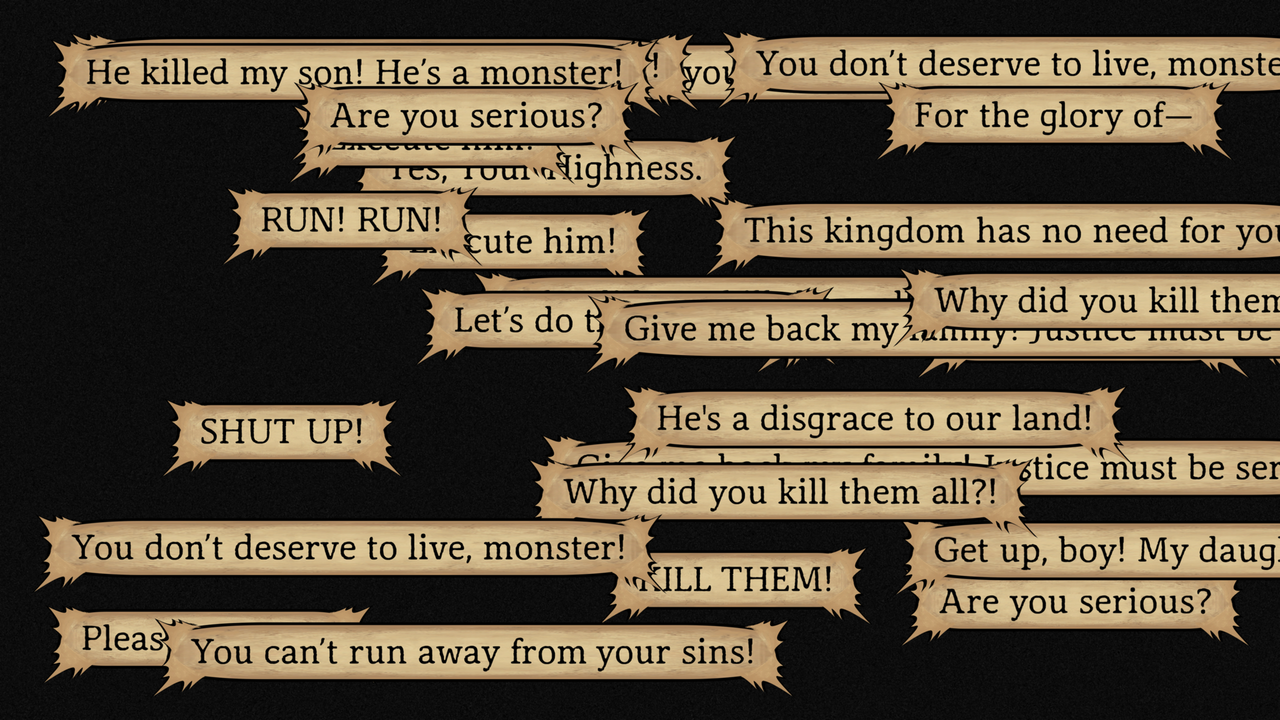
The game features pretty straightforward A-to-B progression, but it isn’t always just a linear path guiding you to the next cutscene. You’ll find side quests in towns and cities that offer you a chance to further explore the world, or just take a break from the main story. This added variety keeps things from getting stale.
As you explore the world and make your way through the wilderness, you’ll come across enemies aimlessly wandering. There are no random encounters here. Legrand Legacy uses a Chrono Trigger-style system, where you run into visible enemies in the world to engage in combat. Getting the jump on your foes grants you a bonus turn, but allowing your enemies to do the same to you will give them the first strike.
As you’d expect, the combat uses a pretty traditional turn-based structure, but with the added layer of Paper Mario-style timing mechanics. Performing an attack brings up a brief button prompt. Nail this prompt in the designated area and you receive a damage bonus. Missing the QTE will still perform the action, but it won’t be as powerful. There’s a small window that lets you perform your turn perfectly, improving its outcome substantially if you can nail it. The timing on this is tight, but the input feels responsive so it’s not too difficult to hit quite frequently once you’ve got it down.
There are options that allow you to make your combat experience easier or harder. You can make the button prompt always appear in the same place, making the timing the same every time, or you could make it so that the button prompt will always be the same. However, you’ll earn more XP for turning off either setting. This is a smart design choice that I respect. It rewards you for being on your toes without punishing you for failing, and rewarding players for choosing the more difficult option without punishing those who don’t. I’ve always liked the added layer of timing windows onto traditional turn-based combat and Legrand Legacy executes it well. It feels responsive and it’s rewarding to land a perfect.
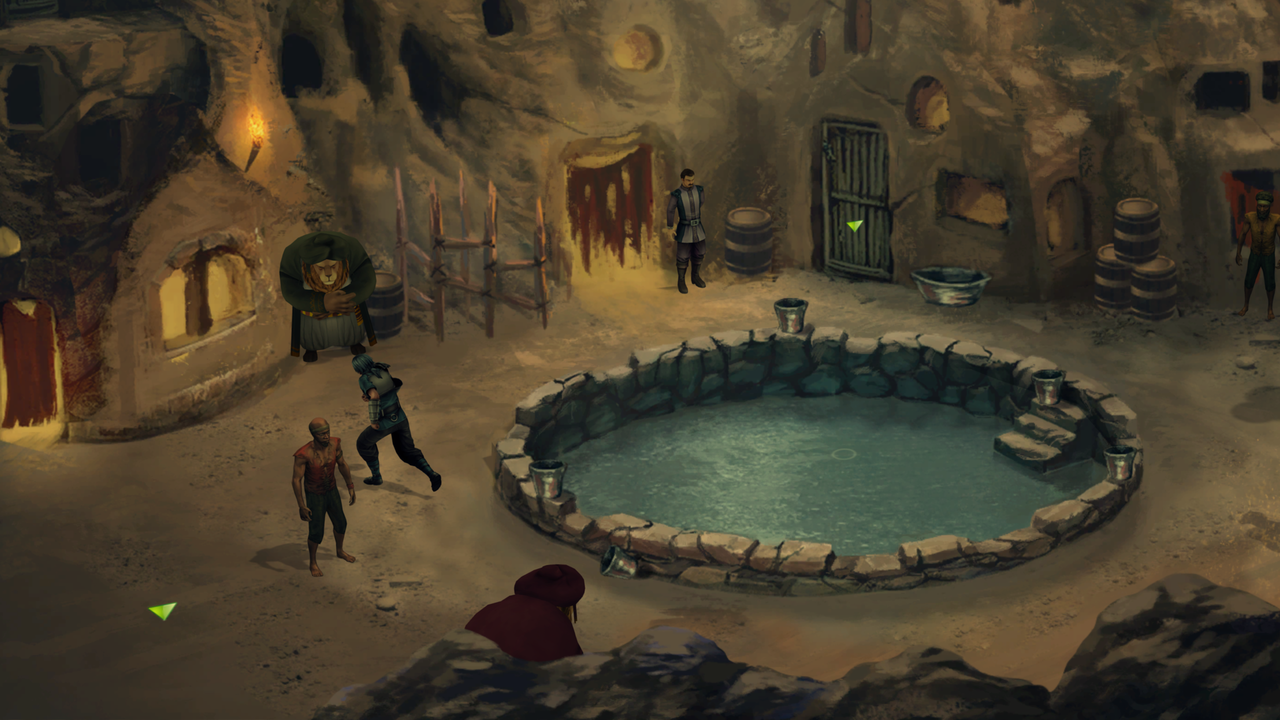
In an interesting twist for the genre, you earn points to put into stats when you level up. The game is clear about what each stat does and neatly shows you the next thing you’ll get if you keep dumping points into a stat. For example, it’ll tell you on both the Strength and Intelligence stats telling you that you’ll learn Flame Dash when you get 15 and 10 points in each stat respectively. It may not sound like much, but it’s a really handy thing to show as you progress your characters. The carrot-on-the-stick aspect of showing you the next ability you could be aiming for is a nice incentive to keep going.
Ultimately, Legrand Legacy is a game that pretty much says all it needs to in its mission statement. The developers obviously have a huge adoration for the giants of the genre. Their respect for their inspirations has helped them deliver an experience that is both familiar and unique. You’ll probably know if you’re interested in this game after looking at a single screenshot. Still, it's a quality and effective homage that makes for an engaging and rewarding game.
TechRaptor covered Legrand Legacy on PC via Steam with a copy provided by the publisher.
Previews you can trust: To ensure you're getting a fair, accurate, and informed review, our experienced team spends a significant amount of time on everything we preview. Read more about how we review games and products.
Have a tip, or want to point out something we missed? Leave a Comment or e-mail us at tips@techraptor.net
